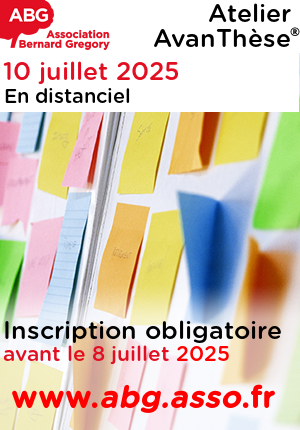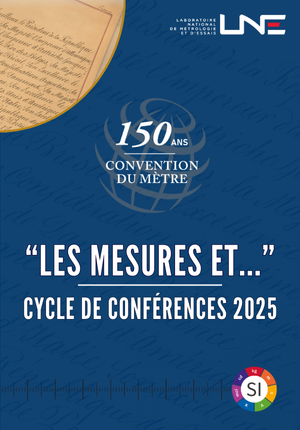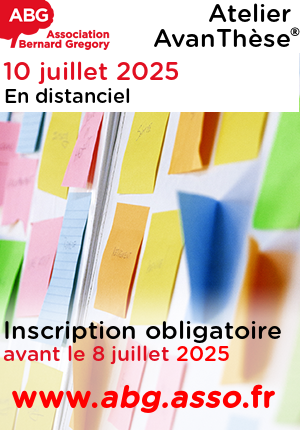Laser induced transfer of nano plasmonic materials on large surface s for advanced plasmon enhanced photo reactivity
| ABG-132489 | Thesis topic | |
| 2025-06-17 | Public/private mixed funding |
- Physics
- Materials science
Topic description
This PhD proposal is part of the SUNRISE project in the PEPR LUMA1, financed for 6 years by France 2030. The work will be carried out in the Optics, Photonics and Surfaces Department of the Hubert Curien Laboratory (LabHC) located in Saint-Etienne, France, in collaboration with the Laboratoire de Chimie of the ENS Lyon, the Institut des Sciences Moléculaires in Bordeaux and the CEA in Saclay.
The SUNRISE project aims at exploiting plasmonic interactions to selectively modify the interaction between light and chromophores on a nanometric scale. In this context, the thesis aims to fabricate large-area functional surfaces with plasmon-enhanced photoreactivity and to integrate them in innovative photochemical flow reactors. These functional surfaces will be used to improve photoinduced synthesis and sensing.
In this PhD thesis, we aim to develop the laser-induced transfer (LIT)2 process with various plasmonic nanomaterials of different sizes and shapes to functionalize microfluidic channels of flow devices to harness plasmonic interactions and enhance photochemical processes. This project will take advantage of LabHC’s expertise in plasmonics and laser-matter interaction, which has led to the development of several applications to date.3,4
After a thorough understanding of the underlying mechanisms leading to the LIT of different materials reported in the literature, the PhD student will develop the LIT of metallic nano-objects, characterize the new mechanisms involved and optimize the process for the functionalization of large surfaces. The PhD student will then adapt the optical setup to functionalize the walls of microfluidic channels according to their specific designs. To characterize the LIT mechanisms, the PhD student will set up an experiment with an ultra-high speed camera. The functionalized surfaces will also be characterized post mortem by transmission and scanning electron microscopy, X-ray and spectroscopy to ensure that the transferred nanocatalysts have the expected properties.
Funding category
Funding further details
Presentation of host institution and host laboratory
The Hubert Curien Laboratory is a joint research unit of the University Jean Monnet Saint‑Etienne and CNRS, with the Institut d’Optique Graduate School as secondary institutional sponsor.
The work of the Functionnal Materials and Surfaces group is centered on the structuring of materials at the subwavelength scale and their interaction with electromagnetic waves to realize optical devices. Multi-functional and multi-material approaches are used to address various applications: polarization control of laser sources, data marking for identity security, photocatalytic devices for indoor treatment, solar absorbers, sensors, isolators, imaging or nondestructive control, efficient energy converter. Such developments are based on the design and the electromagnetic modelling of the interaction between waves and micro-nano-structures.
The Nanoparticles team, in which the thesis will be carried out, has a great expertise in self-organization and controlled growth of metallic nanoparticles in mesostructured thin films as well as plasmonic related effects, modeling of the electromagnetic behavior of nano-patterned structures and metallic NP arrangements
PhD title
Country where you obtained your PhD
Candidate's profile
This experimental PhD project is open to applicants holding a master degree’s in physics with major in photonics. A B2 level of proficiency in English is required. The PhD candidate must demonstrate strong motivation to address key questions related to the fundamental laser-induced physics and chemistry of metallic nanoparticles. He or she should have a solid background in physics to conduct experimental research involving the use and development of ultrafast laser instrumentation, spectroscopy, microscopy, plasmonic system modelling, and data analysis. The ability to take initiative and work autonomously is essential for successfully completing this thesis, while also leveraging the expertise of the various collaborators involved in the project.
Vous avez déjà un compte ?
Nouvel utilisateur ?
Get ABG’s monthly newsletters including news, job offers, grants & fellowships and a selection of relevant events…
Discover our members
 Groupe AFNOR - Association française de normalisation
Groupe AFNOR - Association française de normalisation  Tecknowmetrix
Tecknowmetrix  Aérocentre, Pôle d'excellence régional
Aérocentre, Pôle d'excellence régional  Laboratoire National de Métrologie et d'Essais - LNE
Laboratoire National de Métrologie et d'Essais - LNE 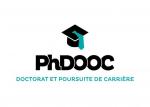 PhDOOC
PhDOOC  CASDEN
CASDEN  TotalEnergies
TotalEnergies  ASNR - Autorité de sûreté nucléaire et de radioprotection - Siège
ASNR - Autorité de sûreté nucléaire et de radioprotection - Siège  SUEZ
SUEZ  MabDesign
MabDesign 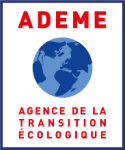 ADEME
ADEME  ONERA - The French Aerospace Lab
ONERA - The French Aerospace Lab  CESI
CESI  Ifremer
Ifremer 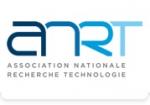 ANRT
ANRT  Généthon
Généthon  MabDesign
MabDesign  Nokia Bell Labs France
Nokia Bell Labs France  Institut Sup'biotech de Paris
Institut Sup'biotech de Paris

